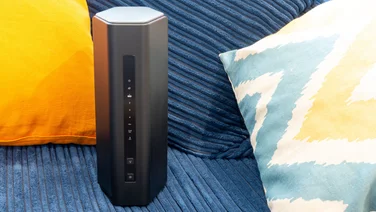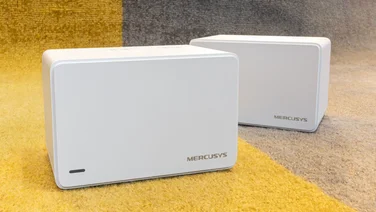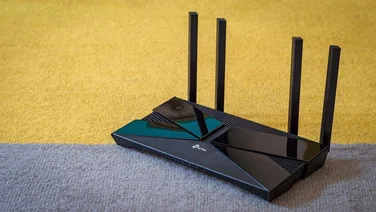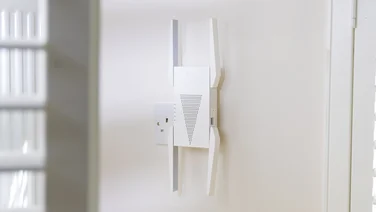To help us provide you with free impartial advice, we may earn a commission if you buy through links on our site. Learn more


The LaCie Network Space Max is an attractive NAS thanks to its glossy black, minimalist appearance. It’s blissfully simple to replace or upgrade one of the two 1TB hard disks in the event of a disk failure or if you just need more storage. Simply insert a flat head screwdriver into the notch at the front of the Max and lift upwards. This opens the case to reveal the two hard disks screwed into cages – simply unscrew and pull them out. However, if you inadvertently damage something while doing this yourself, then you won’t be covered by LaCie’s two-year return-to-base warranty.

Configuration is straightforward thanks to the friendly web administration interface. The home page has several floating boxes containing status information such as the amount of storage used. These boxes can be dragged and dropped around the screen, or simply closed if you don’t want a particular box on the homepage.
You can’t organise users into groups for simpler administration, but the interface for creating user accounts does let you set each user a usage quota and email them their account details all from the same dialog box. Each user automatically gets access to their own password-protected private folder as well as access to the shared OpenShare folder.
Unfortunately, we experienced problems getting some of the extra features to work. We couldn’t get the Max to act as a USB print server or as an iTunes music server. It did work as an UPnP media server, but streaming high definition video sometimes resulted in dropped frames. This problem even affected standard definition clips too.

The Max can share the contents of a USB disk with other network users, but this also worked temperamentally. We had no problems using this feature from a Windows XP desktop PC, but the contents of the USB disks were occasionally and inexplicably inaccessible from a Windows 7 laptop. We were able to connect a USB memory card reader and back up photos from a SD card without incident, but the Max didn’t recognise a connected Fuji camera equipped with the same SD card.
It’s possible to download files to the Max using BitTorrent independently of a computer, although the interface for managing downloads is integrated into the main admin interface. If you want to give other users access to it, you also give them access to the admin controls, which isn’t ideal.
There’s also a basic remote access feature so you can read files stored on the Max over the internet using a web browser. The spartan web interface lacks the ability to upload files, though. At least configuration is relatively straightforward, with DynamicDNS and UPnP port forwarding options. A setup wizard would have been even better.
Whether configured as RAID 0 or 1, the Max was fairly quick at transferring files in our tests; it’s not the fastest NAS we’ve seen, but nor is it the slowest. Unusually, it’s also possible to connect the Max to a PC directly over USB, but you can’t use this to quickly copy large batches of files since you have to set a separate USB partition from your shared network files.
We really wanted to like the Network Space Max with its simple administration, easy upgradeability and reasonably quick performance. The shabby state of its extra features means it’s not for everyone though.






